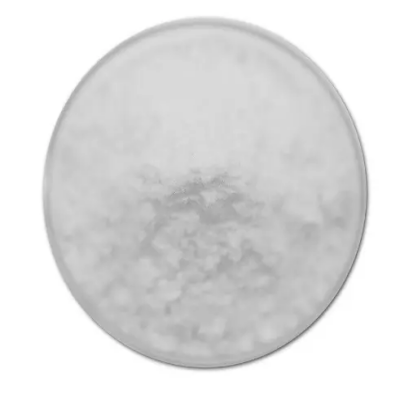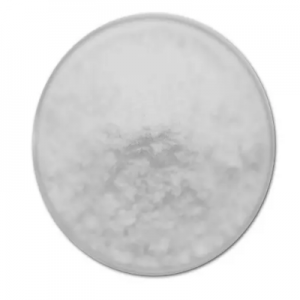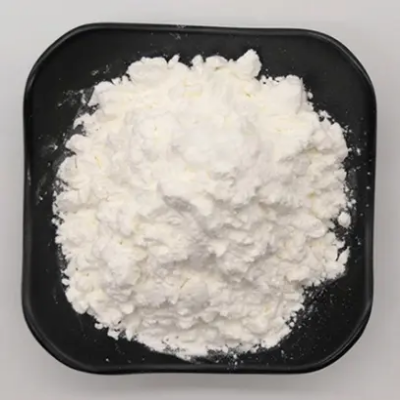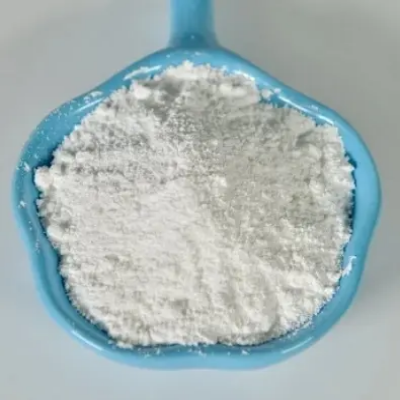(3R,4S)-1-tert-Butyl 3-ethyl 4-aminopyrrolidine-1,3-dicarboxylate hydrochloride CAS:1262849-90-0
(3R,4S)-1-tert-Butyl 3-ethyl 4-aminopyrrolidine-1,3-dicarboxylate hydrochloride exhibits intricate stereochemical features and holds promise in medicinal chemistry and pharmaceutical research. 1. Medicinal Chemistry: Stereochemical Considerations: The stereochemistry of this compound plays a crucial role in its interactions with biological targets. Enantiomerically pure forms may exhibit distinct pharmacological activities, making them valuable in drug design and optimization. Neurological Disorders: Compounds with pyrrolidine scaffolds have shown potential in modulating neurotransmitter systems implicated in neurological disorders. (3R,4S)-1-tert-Butyl 3-ethyl 4-aminopyrrolidine-1,3-dicarboxylate derivatives could demonstrate similar activities, offering avenues for developing treatments for conditions such as Alzheimer's disease or epilepsy. 2. Drug Development: Chiral Synthesis: The synthesis of enantiomerically pure forms enables the study of their pharmacological properties and may lead to the development of drugs with improved selectivity and reduced side effects. Pharmacokinetic Properties: Structural modifications of the pyrrolidine core and substituent groups allow for optimization of pharmacokinetic parameters, enhancing bioavailability and metabolic stability. 3. Synthetic Chemistry: Chirality Control: Synthetic routes for producing enantiomerically pure forms require careful control of chirality, providing valuable insights into stereochemical manipulation in organic synthesis. Intermediate Synthesis: (3R,4S)-1-tert-Butyl 3-ethyl 4-aminopyrrolidine-1,3-dicarboxylate hydrochloride serves as a key intermediate for the synthesis of more complex molecules, facilitating the exploration of diverse chemical space for drug discovery. 4. Biological Evaluation: Enzymatic Studies: Understanding the interaction of (3R,4S)-1-tert-Butyl 3-ethyl 4-aminopyrrolidine-1,3-dicarboxylate derivatives with enzymes and receptors is essential for elucidating their mechanism of action and therapeutic potential. Preclinical Assessments: Comprehensive preclinical studies evaluate the pharmacological activities, pharmacokinetics, and safety profiles of derivatives, guiding further optimization and preclinical development towards clinical trials. In summary, (3R,4S)-1-tert-Butyl 3-ethyl 4-aminopyrrolidine-1,3-dicarboxylate hydrochloride represents a promising scaffold in medicinal chemistry, offering opportunities for the development of novel therapeutic agents targeting neurological disorders and other conditions. Its stereochemical complexity and potential pharmacological activities make it a valuable tool in drug discovery and development efforts, with continued research and optimization essential for translating its potential into clinical applications.



| Composition | C12H23ClN2O4 |
| Assay | 99% |
| Appearance | white powder |
| CAS No. | 1262849-90-0 |
| Packing | Small and bulk |
| Shelf Life | 2 years |
| Storage | Store in cool and dry area |
| Certification | ISO. |









